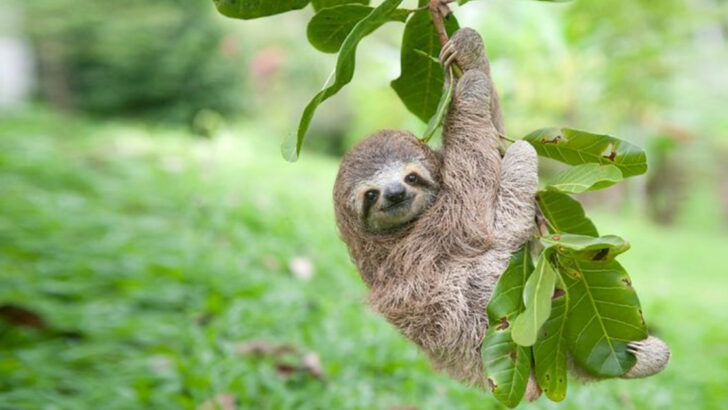Some animals just won’t listen—no matter how many treats you wave in their face. You can train a dog to roll over. A dolphin to jump through hoops. Even a parrot to mimic your voice. But some creatures? They look at your commands, shrug (metaphorically), and go right back to doing their own wild thing. These aren’t the stubborn pets of sitcoms. These are the untamables—animals with instincts too fierce, brains too different, or attitudes too wild to ever follow human rules. Here are 17 animals that simply can’t be trained—because nature gave them other plans.
Cuttlefish
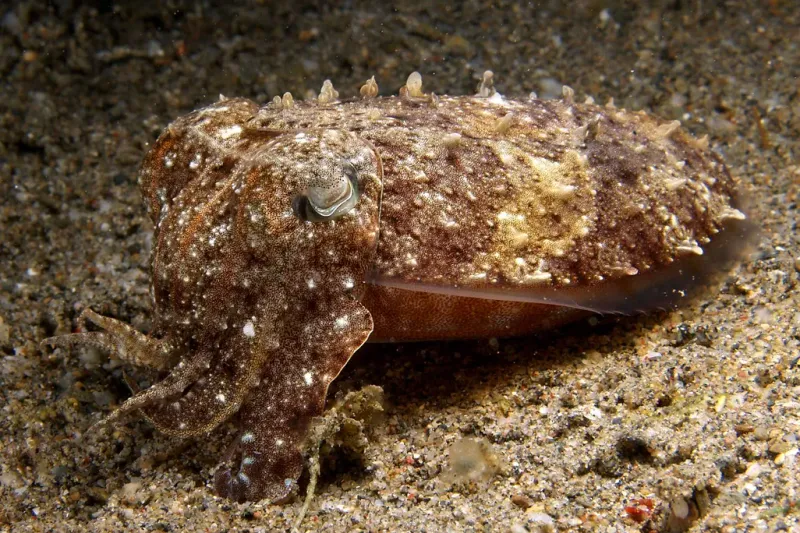
In the depths of the ocean, the cuttlefish reigns supreme with its incredible camouflage abilities. While it can change colors in an instant, this cephalopod remains untrainable by human standards. Its intelligence is undeniable, yet its independent nature keeps it from following commands.
Cuttlefish are solitary creatures, preferring to navigate the ocean on their own terms. Their ability to blend seamlessly with their surroundings is both a defense mechanism and a hunting tool. Training these elusive creatures is as futile as trying to control the tides.
Did you know? Cuttlefish have three hearts and blue-green blood!
Koala
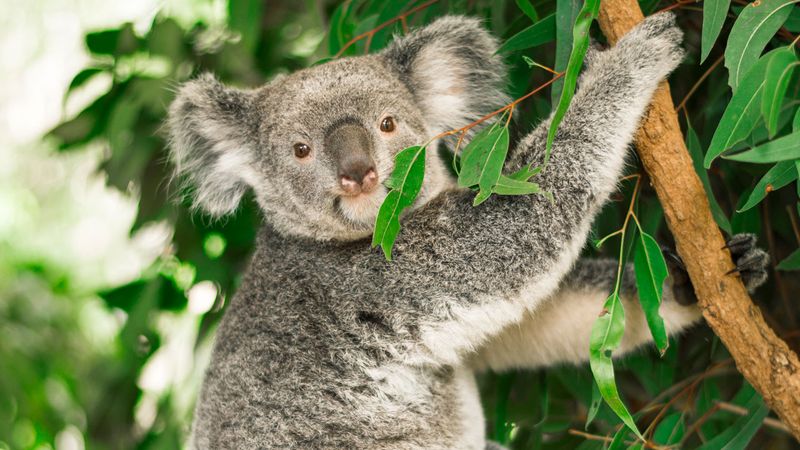
With their cuddly appearance and sleepy demeanor, koalas are beloved symbols of Australia. However, these marsupials are not ones to be trained. Their diet consists almost exclusively of eucalyptus leaves, which provide little energy, leaving them lethargic and uninterested in learning commands.
Koalas spend most of their time dozing in trees, conserving energy for foraging. Their solitary nature and sleepy lifestyle make them indifferent to human attempts at training.
Interestingly, each koala has a unique nose pattern, much like human fingerprints. This helps researchers identify individual koalas in the wild.
Sloth
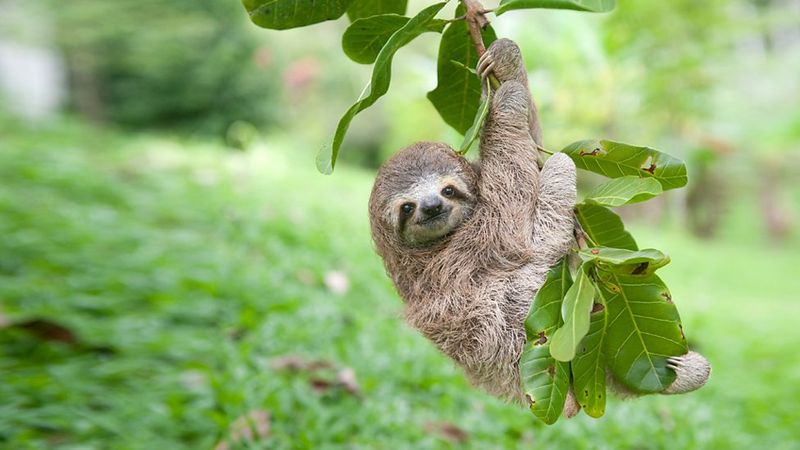
In the lush rainforests of Central and South America, sloths epitomize a leisurely lifestyle. Known for their slow movements and upside-down hanging, these creatures defy all training efforts. Their metabolism is incredibly slow, matching their languid demeanor.
Sloths spend most of their lives in trees, rarely venturing to the ground. Their unique adaptations, like long claws and strong grip, facilitate a life in the canopy. Training a sloth would be as slow-going as the creature itself, a task many have found impossible.
Did you know? Sloths can turn their heads nearly 270 degrees!
Ostrich
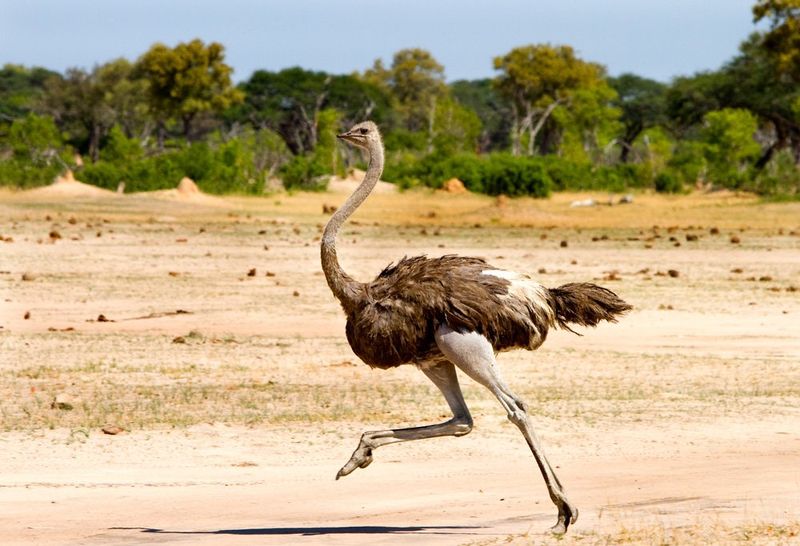
The ostrich, the world’s largest bird, is known for its remarkable speed and flightless nature. Despite its size and power, this bird is unyielding when it comes to training. Ostriches can sprint up to 45 miles per hour, making them formidable runners but reluctant students.
Their strong legs are designed for running and kicking, not for following commands. Ostriches live in herds, relying on their instincts and speed for survival. Training these avian giants is a challenge few have successfully met.
Fun fact: Ostriches have the largest eyes of any land animal, perfect for spotting predators.
Wombat

In the Australian bush, wombats are known as determined diggers. These burrowing marsupials create extensive tunnels, but they are not inclined towards training. With their stocky bodies and powerful claws, wombats prefer to focus on digging rather than learning tricks.
Wombats are nocturnal, spending their days in burrows and emerging at night to forage. Their solitary and nocturnal habits make them indifferent to human interaction. Attempting to train a wombat is akin to asking it to dance—a futile endeavor.
Fun fact: Wombats produce cube-shaped droppings, which help mark their territory.
Platypus
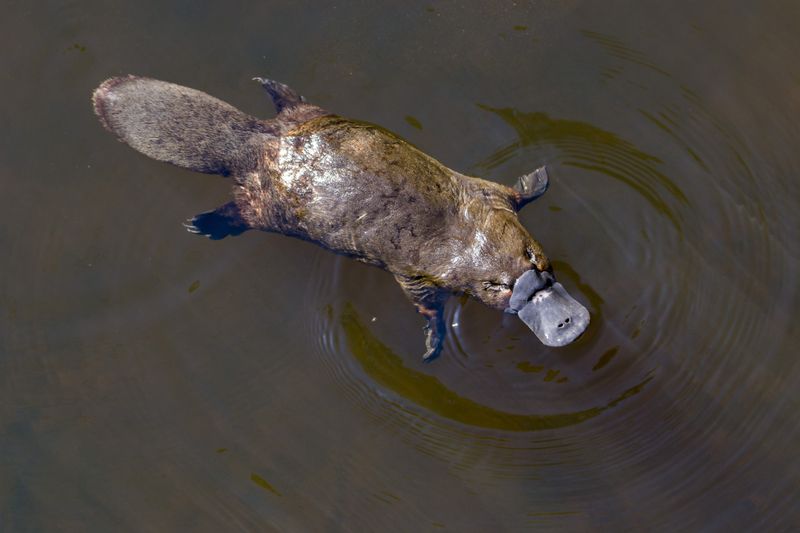
The platypus, a unique Australian mammal, is a puzzling creature with its duck-bill and beaver-like tail. Despite its peculiar appearance, this monotreme is resistant to training. Platypuses are solitary and elusive, spending much of their time in water.
Their webbed feet make them excellent swimmers, while their sensitive bills help detect prey. The platypus’s independence and secretive nature make it uninterested in human commands. Training these monotremes is as baffling as their appearance.
Did you know? Platypuses are one of the few mammals that lay eggs, a rare trait in the animal kingdom.
Chameleon
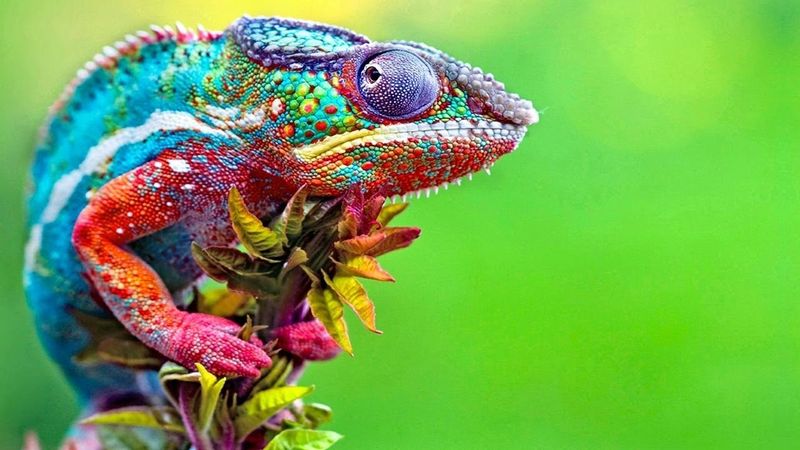
Chameleons, with their color-changing abilities, are masters of disguise. Found in various habitats, they are known for their independence and reclusive nature. Training a chameleon is nearly impossible, as they prefer solitude and self-reliance.
These reptiles have unique adaptations, like independently moving eyes and long, sticky tongues for catching prey. Chameleons rely on their instincts and camouflage rather than learning commands. Their solitary existence makes them indifferent to training attempts.
Fun fact: Chameleons change colors for communication as well as camouflage!
Armadillo
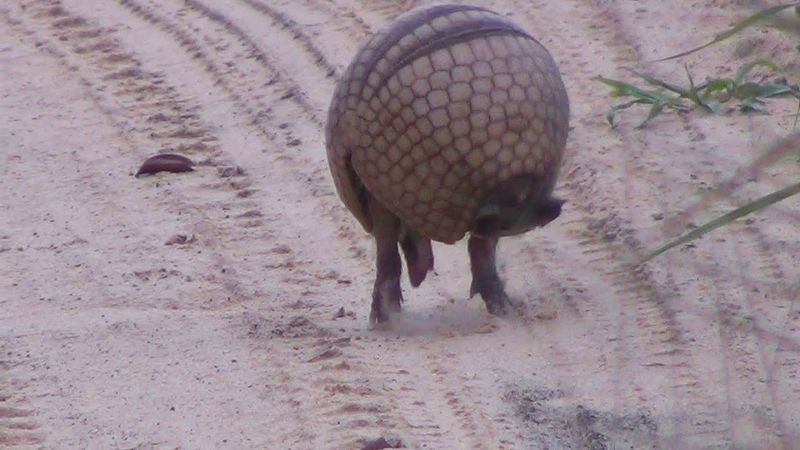
Armadillos, with their armored shells, are fascinating creatures found in the Americas. Despite their intriguing appearance, they are not easily trained. Armadillos are solitary and nocturnal, spending daylight hours in burrows.
Their strong claws and digging habits make them adept at creating underground homes. Armadillos prefer seclusion and independence, making training attempts largely unsuccessful. Their protective armor serves as a defense against predators, not as a tool for obedience.
Fun fact: Some armadillo species can roll completely into a ball as a defensive mechanism against threats.
Moose
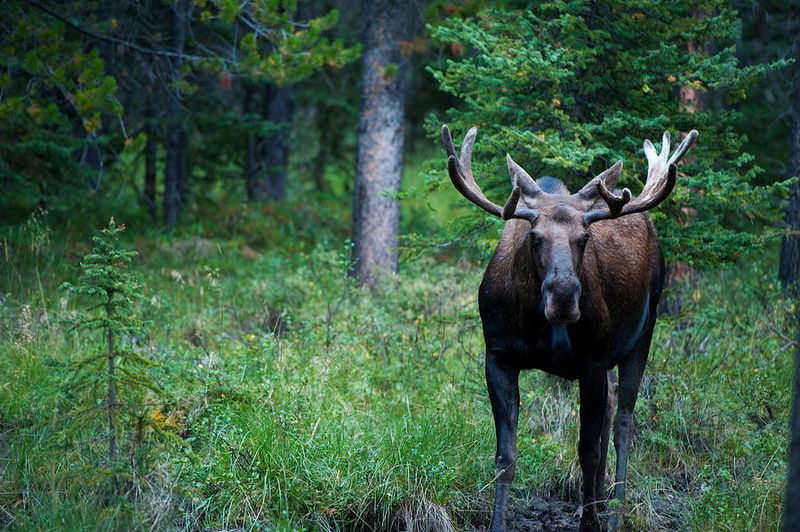
The moose, with its towering stature and grand antlers, roams the forests of the Northern Hemisphere. These majestic creatures are known for their solitary nature and are unlikely candidates for training. Moose are herbivores, spending their days foraging for leaves and twigs.
Their large size and strength make them formidable in the wild, but uninterested in human commands. Moose are naturally wary of humans, making training endeavors both challenging and risky.
Did you know? Moose can run up to 35 miles per hour despite their massive size!
Pangolin
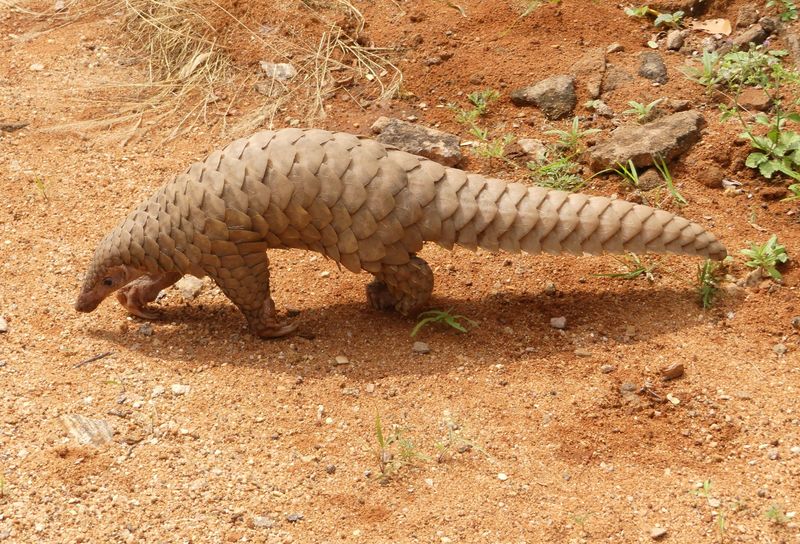
Pangolins, with their unique scales and curled posture, are captivating yet enigmatic animals. As the only mammals with scales, they are often misunderstood and difficult to train. Pangolins are nocturnal and feed on ants and termites, using their long tongues to probe nests.
Their solitary lifestyle and specialized diet make them indifferent to human interaction. Pangolins rely on their scales for protection, curling up when threatened. Training these creatures is as elusive as their nocturnal habits.
Fun fact: Pangolins can consume up to 70 million ants and termites each year!
Cassowary
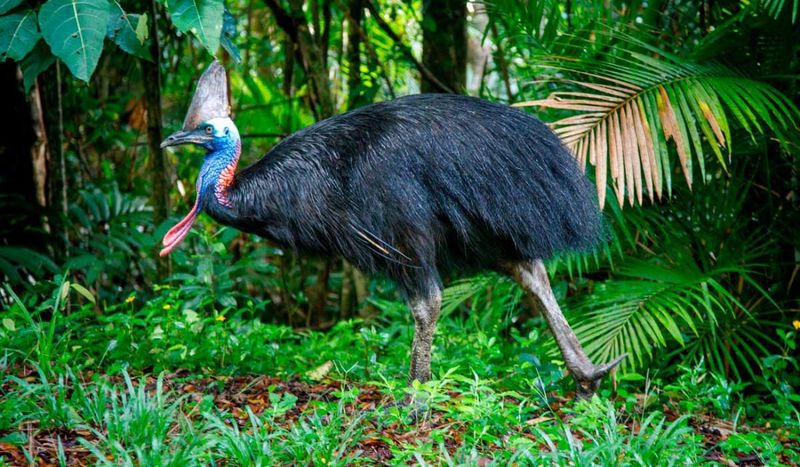
Cassowaries, with their striking appearance and powerful build, are formidable birds native to tropical forests. Known for their aggressive nature, they are not candidates for training. Cassowaries have a large, sharp claw on each foot, which they use for defense.
These solitary birds are territorial and prefer to avoid human contact. Their vivid colors and imposing casque make them stand out, yet they remain elusive. Training a cassowary is as challenging as taming a storm.
Did you know? Cassowaries can run up to 31 miles per hour and jump nearly 5 feet in the air!
Narwhal
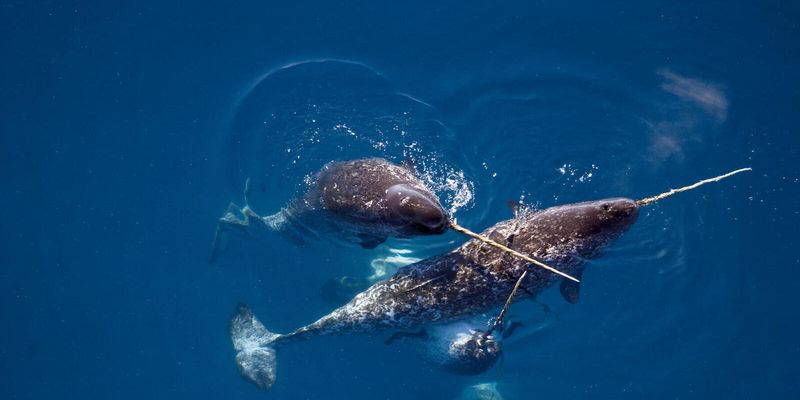
The narwhal, often called the unicorn of the sea, is a mysterious and enchanting creature. Found in Arctic waters, these whales are known for their long, spiral tusks. Despite their intriguing appearance, narwhals are not trainable.
Their social behavior is complex, with groups known as pods. Narwhals rely on echolocation to navigate and hunt, making them self-sufficient and independent. Human attempts at training these Arctic dwellers have proven fruitless.
Did you know? The narwhal’s tusk is actually a long tooth that can grow up to 10 feet long!
Aardvark
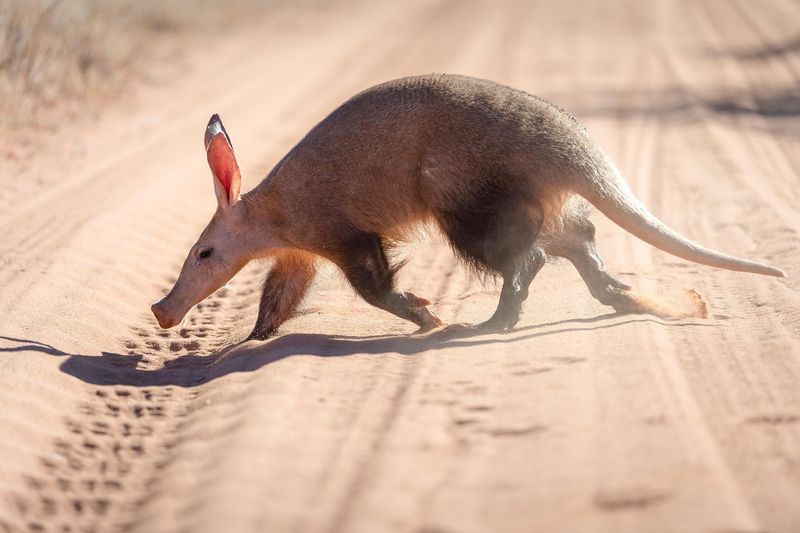
Aardvarks, native to Africa, are nocturnal mammals known for their burrowing ability and long snouts. With a diet consisting mainly of ants and termites, they are specialized feeders. Aardvarks are solitary by nature, making them difficult to train.
Their powerful limbs are equipped for digging, not for performing tricks. Aardvarks prefer the cover of darkness to forage, avoiding human interaction. Attempting to train these elusive creatures is as challenging as capturing a shadow.
Fun fact: Aardvarks can dig up to 2 feet in just 15 seconds!
Okapi
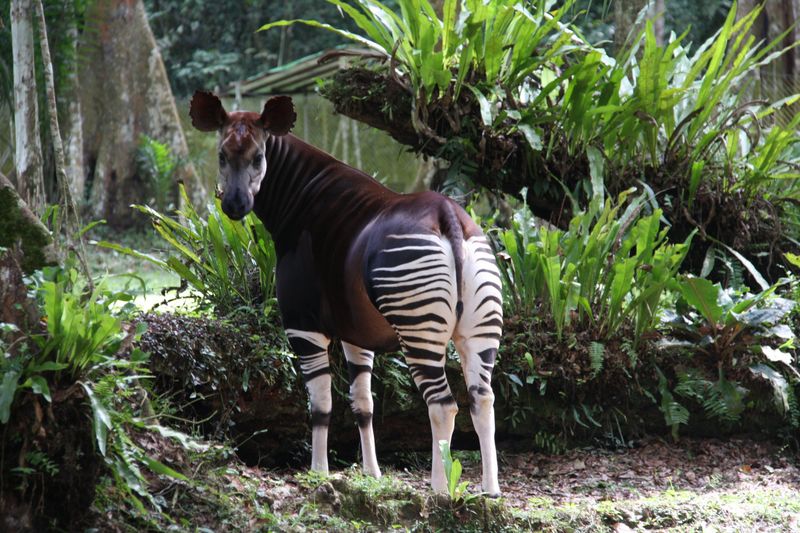
The okapi, with its zebra-like stripes and giraffe-like neck, is a mysterious forest dweller. Native to the Democratic Republic of Congo, this shy creature is elusive and untrainable. Okapis are solitary and rely on the dense forest for camouflage.
Their diets consist of leaves, buds, and fruits, which they browse using their long tongues. The okapi’s secretive nature and reliance on instinct overrule any human attempts at training.
Did you know? Despite their stripes, okapis are more closely related to giraffes than zebras!
Snow Leopard
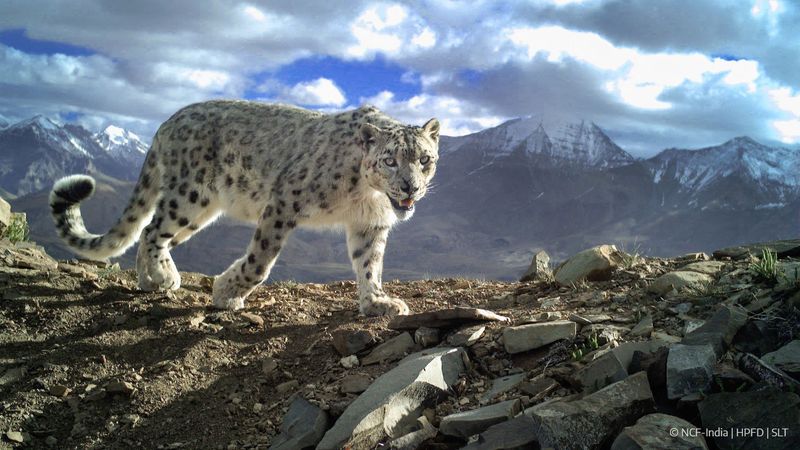
In the icy heights of the Himalayas, snow leopards are masters of stealth and camouflage. These elusive big cats are notoriously hard to train due to their solitary and secretive nature. Their thick fur and long tails are adaptations to the cold, rugged terrain.
Snow leopards are powerful hunters, relying on their keen senses rather than trained behaviors. Human attempts to tame these majestic creatures have been met with resistance.
Did you know? Snow leopards can leap up to 50 feet in one bound!
Wolverine
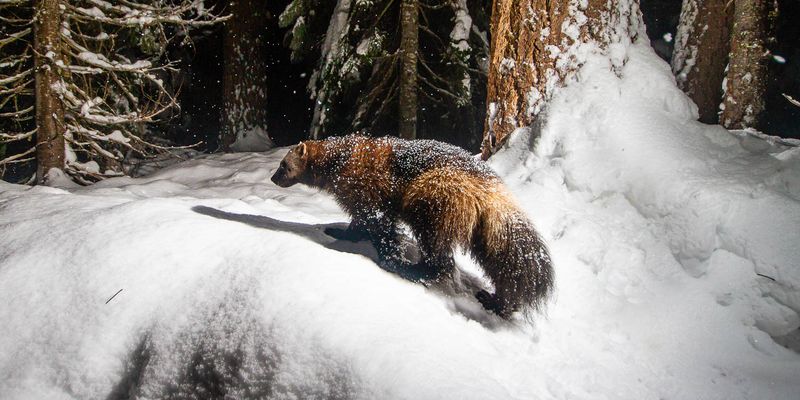
The wolverine, with its ferocious reputation, is a solitary carnivore found in the northern wilderness. Known for its strength and tenacity, this creature is not one to be trained. Wolverines have powerful jaws and sharp claws, capable of taking down prey much larger than themselves.
Their solitary and territorial nature makes human interaction challenging. Training a wolverine is akin to taming a tempest—a task many have found futile.
Fun fact: Wolverines can travel up to 15 miles a day in search of food, showcasing their incredible endurance.
Jellyfish

Jellyfish, with their mesmerizing movements and translucent bodies, are a staple of the ocean’s mystery. These gelatinous creatures, however, are nearly impossible to train due to their lack of a central brain. Instead, they rely on a simple nerve net to respond to stimuli. This primitive nervous system makes them unable to learn commands or perform tasks.
Interestingly, jellyfish have been around for millions of years, outlasting even dinosaurs. They drift with ocean currents, feeding on small fish and plankton. Their ethereal glow, seen in some species, results from bioluminescence, adding to their enigma.
In aquariums, jellyfish captivate audiences, yet trainers can only observe their natural behavior, devoid of tricks or obedience. Their existence reminds us of the wonders and limitations of marine life.

